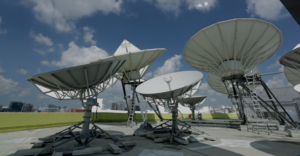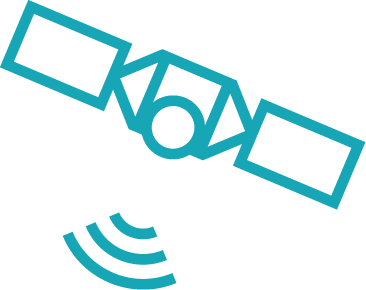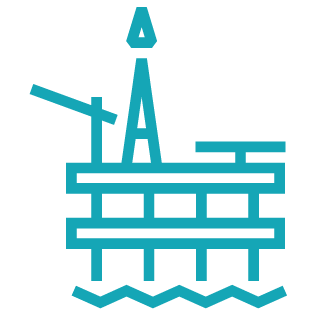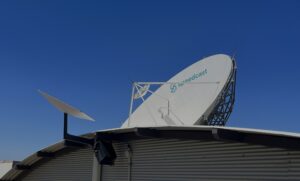The Business of Mining is Under Pressure
Whitepaper Preview:
The challenges have piled up for mine operators. Many existing mines are maturing and producing lower-grade ore. According to S&P, this is the result of a 66% decline in investment in replacing resources from 2011 to 2016 due to lower commodity prices. Fortunately, the years since have seen steadily rising investment, and natural resource managers hold a record $238 billion in “dry powder” funds ready to be invested. Coal remains the largest revenue-generating material mined today, but its dominant share is leveling off, with predictions of a plateau by 2023 as natural gas and renewables continue to grow. Nearly all of the $89 billion raised in 2018 by 77 energy-focused funds was devoted to North American oil and gas plays.1 Growth may be back on the agenda, but exploration has become more expensive because reserves are increasingly remote or on environmentally sensitive land. In 1995, the global mining industry spent $1.4 billion on 19 discoveries of gold. In 2015, it spent $2 billion for a single discovery.2
1 “$6 Billion in Private Capital Ready to Invest in Mining,” by Frik Els, Mining.com, April 5, 2019.
2 “Top 10 Business Risks Facing Mining and Metals, 2017-2018,” Ernst & Young, 2018.
Get the Whitepaper
Elements of the Connected Mine
Mining sites are vast, whether open pit or below ground. As a result, they have always depended on communications to coordinate operations and keep workers safe. The connected mine builds on that foundation and layers digital systems and applications on top of it, with profound impact on operations.
On-Site Connectivity
- These are wireless communications by private LTE, Wi-Fi and mesh radio networks connecting people and devices in Internet of Things (IoT) applications.
Backhaul Connectivity
- Depending on the mine’s location, a mix of satellite, LTE, microwave and optical fiber providing robust connectivity to regional or head offices and the public switched network.
Sensors and Actuators
- IoT applications gather data from sensors throughout the mine for real-time analysis at a central control center, which can remotely activate equipment in response either manually or automatically.
Asset Trackers
- Hundreds of millions of dollars of equipment are at risk at major mines, where their remote locations can embolden potential thieves. Asset tracking technology can show the location of equipment and trigger alerts automatically whenever a piece of equipment leaves its assigned location.
Private LTE Instead of Wi-Fi for On-site Connectivity
Video Cameras
- More than mere surveillance, video analytics can automatically identify and flag human errors that may endanger people and operations, from missing hard-hats to unsafe handling of explosives.
Self-Driving Loaders, Trucks and Drills
- Autonomous technology is finding its first applications in mines, where repetitive operations can be performed through a mix of local automation and remote monitoring. Vehicles navigate using signals from wireless beacons that provide accuracy to the centimeter. Drones Proper management of mining waste has become a priority after headline-grabbing incidents. Mining operators are deploying drones to capture video feeds and subject them to analytics that generate 3D models of piles and assess their safety.
Automation Platforms
- By gathering sensor and video data from every aspect of operations, mining operators can deploy dashboards that display the health of the entire mining site, trigger alerts and notifications and permit operators to drill down to identify the source of problems.



























